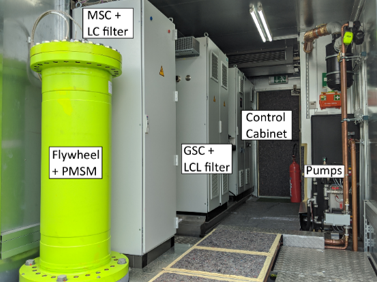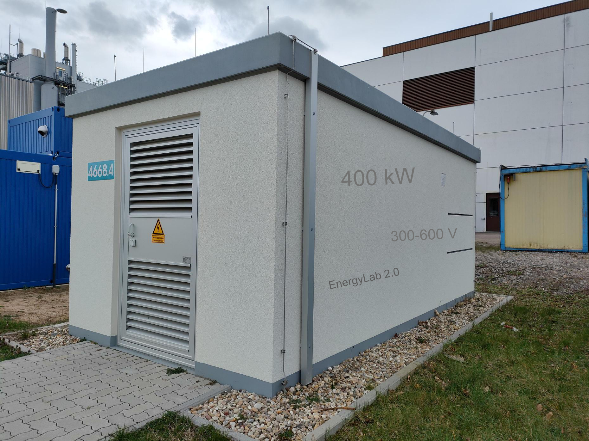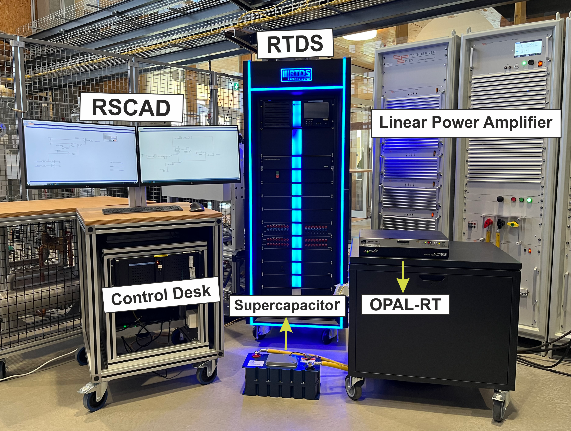Energy Storage Control
Although various Energy Storage Systems (ESS) exist in the market, every ESS has limitations restricting its range of applications. For instance, each ESS is limited by its power or energy density, while an ideal application simultaneously demands good qualities in both variables. Therefore, it makes sense to build a system with a combination of two ESS that can overcome the disadvantages of a single one by combining both advantages. Through hybridization, more benefits can be obtained.
However, the importance of controlling the functionality of both systems working together is inevitable in this case. Due to the complexity of a Hybrid Energy Storage Systems (HESS), some challenges, such as estimating the system's internal state accurately, extending the battery life, and realizing the coordinated and optimized control of power and energy in the design, have been addressed.
Combining lithium-ion batteries with flywheel energy storage
Lithium-ion (Li-ion) batteries are currently the ESS with the most predominant use in different scales, from phones and laptops to electric vehicles and grid-energy storage. However, if Li-ion batteries were used in a fast transient with a large power variation, the degradation of the battery would be more rapid, and the life of the battery would decrease. On the other hand, fast-dynamic ESS such as Flywheel Energy Storage Systems (FESS) can quickly react to power changes without any noticeable impact on their lifetime. Thus, the combination of these two systems is studied for HESS applications.
Research focus: laboratory validation
Our research focuses on controlling Hybrid Energy Storage Systems, specifically validating high-power density devices. In our study, we utilize two 60 kW flywheels and a 400 kW-30 F Supercapacitor connected to a Power Hardware in the Loop (PHIL) setup in Energy Lab 2.0, allowing for a connection of up to 1 MW.
For example, one critical aspect of hybrid energy storage system control is effectively managing the State of Charge (SOC). Maintaining an optimal SOC is crucial for maximizing energy utilization, sustaining overall system performance, and extending the lifespan of storage components. Real flywheel testing is a valuable platform for assessing the performance and robustness of SOC control algorithms.
By subjecting the flywheel to varying load profiles and environmental conditions, we can observe how well the control system manages SOC, regulates energy flow, and responds to dynamic power demands. This testing approach provides valuable insights into SOC control strategies for hybrid energy storage systems, leading to enhanced performance, reliability, and improved integration with renewable energy sources.
Furthermore, the knowledge gained from real flywheel testing serves as a valuable reference for designing and implementing control systems in other hybrid storage technologies. This fosters the development of sustainable energy solutions and contributes to advancing SOC control strategies. Our research on the control of Hybrid Energy Storage Systems using real flywheel testing aims to enhance SOC control strat Supercapacitor egies and improve system performance, reliability, and integration with renewable energy sources. The insights gained from this research will also benefit the design and implementation of control systems in other hybrid storage technologies, promoting the development of sustainable energy solutions.



